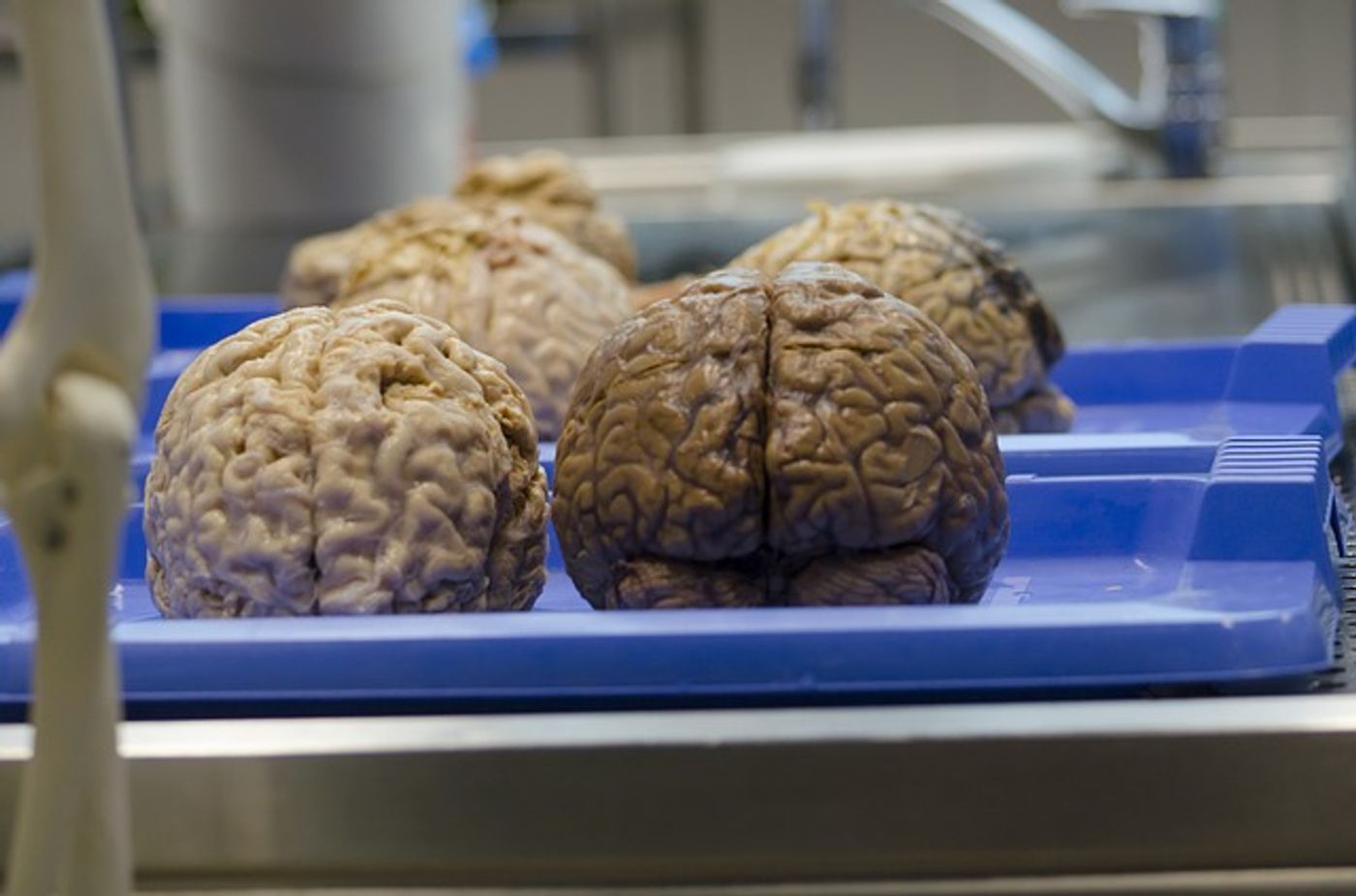Ever have one of those nights, flipping through the stations on television and still finding nothing interesting to watch? Boring sitcoms, unreal reality shows and infomercials crowd the airwaves and nothing looks interesting. Recently though, a television first aired live in 171 countries and it was no ordinary show.
National Geographic produced the first live broadcast of brain surgery, airing the entirety of a Deep Brain Stimulation procedure on a patient who was fully awake and cooperating with doctors throughout.
Deep Brain Stimulation surgery, or DBS as it’s known, is used in patients who have advanced Parkinson’s Disease. The surgery is complex and delicate but it can sometimes provide relief from the tremors and other muscular symptoms of Parkinson’s. The surgery involves implanting electrodes that give off a continuous tiny electrical current inside deep structures of the brain. The tremors and muscle slowness that Parkinson’s patients experience are due to abnormal electrical feedback in the brain. The dopamine cells in the brain of someone afflicted with Parkinson’s generate these loops of electrical feedback and DBS surgery can sometimes interrupt them. Brain activity in Parkinson’s can vary from overactive electrical currents to underactive and that’s why some patients experience tremor while others have slow or weak muscle response. A deep brain electrode that provides an electrical current can effectively jam the abnormal signaling between brain structures, and normalize the brain function.
On October 25, 2015 Greg Grindley, a 49 year old retired military veteran, underwent a DBS surgery and it was carried live on the NatGeo Channel. Greg first noticed symptoms in 2004 and by 2009 he had to give up his job an as electrician because the tremors had gotten so bad in both his hands. Greg also had rigidity in some muscles and experienced facial contortions. Grindley’s surgeon, Dr. Jonathan Miller, is director of the Center for Functional and Restorative Neurosurgery, UH Case Medical Center in Cleveland, Ohio.
The live broadcast of the surgery featured host Bryant Gumbel speaking with Grindley and Dr. Miller during the surgery. Grindley was also able to talk with his wife at different points in the procedure. As Dr. Miller placed electrodes in the brain, Grindley was asked to speak or move his arms so the team could see how the electrodes were affecting his movements. At one point in the surgery, after the placement of an electrode
the tremor in Grindley’s right hand stopped immediately.
Near the end of the surgery
Dr. Miller commented, “I couldn’t be happier with what we could accomplish for him and his family. It’s great seeing the effect tonight, but it will be even greater to see the benefit he will receive from this ten years from now. The surgery set the stage for the brain to heal itself. The brain has the ability to do so many amazing things”
In the video below, Grindley responds with a little humor when host Gumbel asked him how he was feeling. Check out the video to see this moment as it unfolded live to a worldwide audience.









